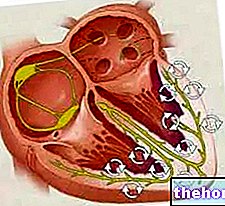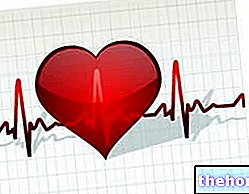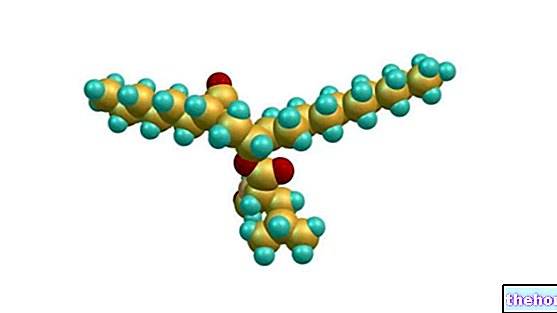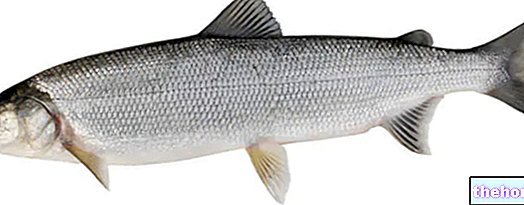Symptoms
Many types of aneurysms are asymptomatic, meaning they cause no obvious symptoms, at least until rupture or other complications occur:

- If the aneurysm is superficial it may be evidenced by the presence of a localized "pulsating" swelling. Often, the pain associated with the injury is described by the patient as a "tear or tear."
- Deep aneurysms, inside the body or at the cerebral level, on the other hand, are not usually associated with symptoms that can be easily defined by the patient. The subject can suspect the presence of an aneurysm only when some complication arises: thrombosis, presence of emboli, tachycardia, sudden drop in blood pressure, confusion, etc.
Symptoms depend on the location of the aneurysm, therefore on the affected area, and on the extent of the damage affecting the blood vessel wall:
- Loss of appetite, severe abdominal or lower back pain extending to the groin or legs: may indicate an abdominal aortic aneurysm.
- Sudden chest pain, hoarseness, persistent cough and difficulty swallowing: may indicate a thoracic aneurysm.
- A throbbing or swelling sensation directly behind the knee: This may indicate a popliteal aneurysm.
- A violent headache, associated with radiated pain in the neck: it may indicate a cerebral aneurysm, which is usually characterized by the co-presence of additional signs: visual disturbances, nausea and / or vomiting, loss of consciousness, etc. The cerebral aneurysm is always to be considered a condition of extreme emergency.




























